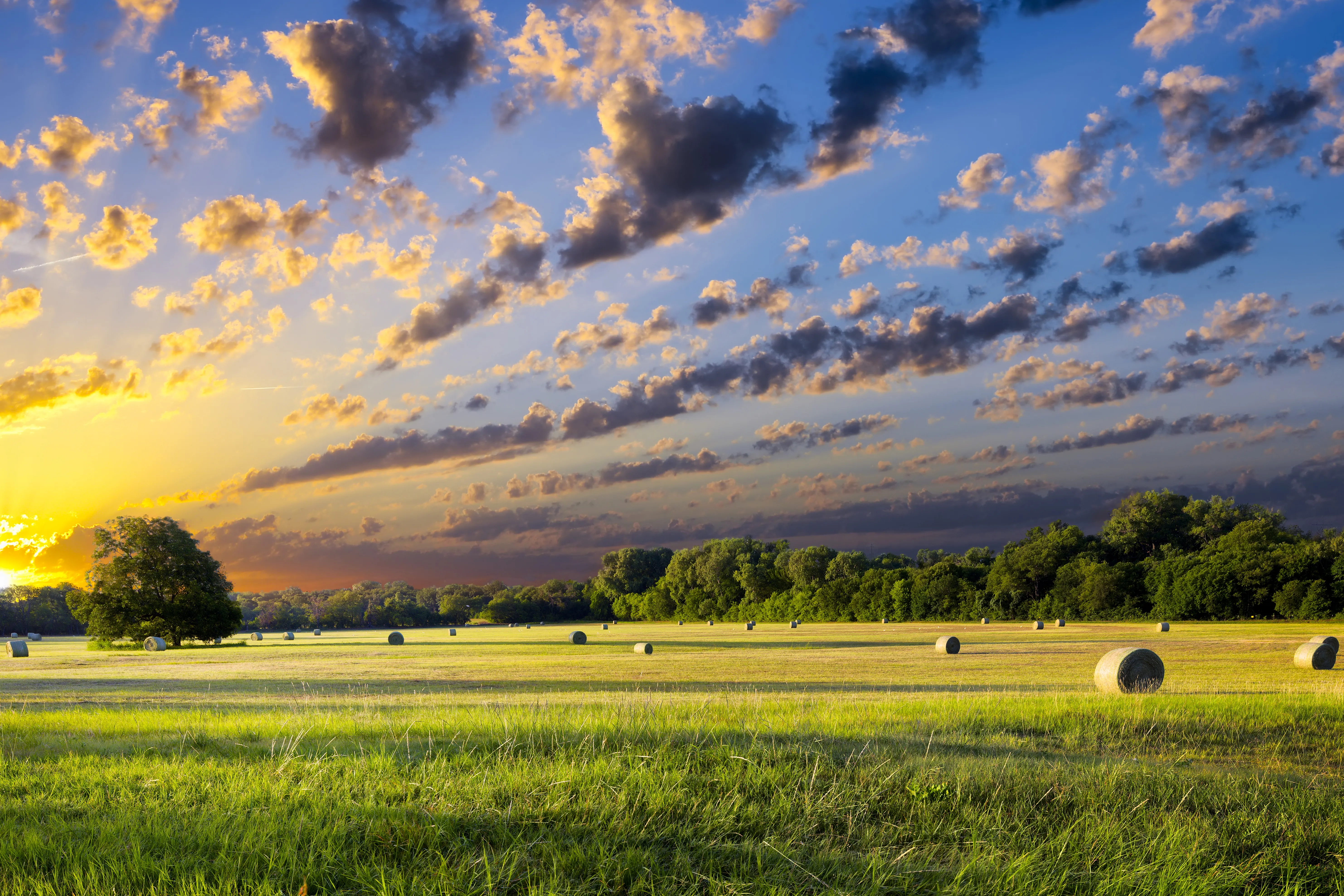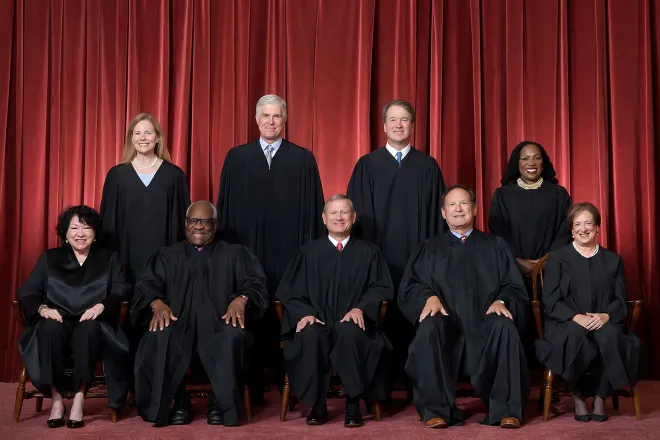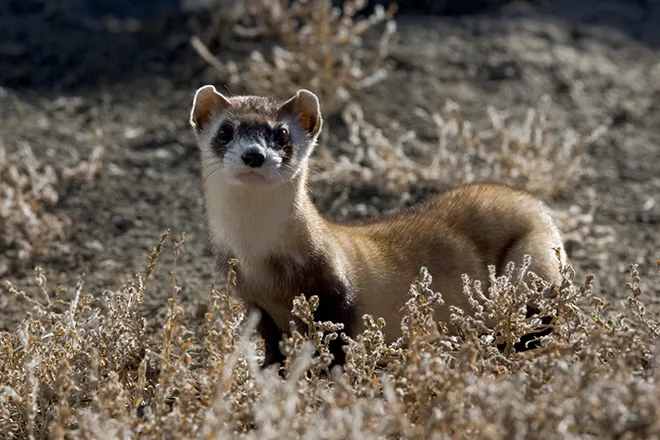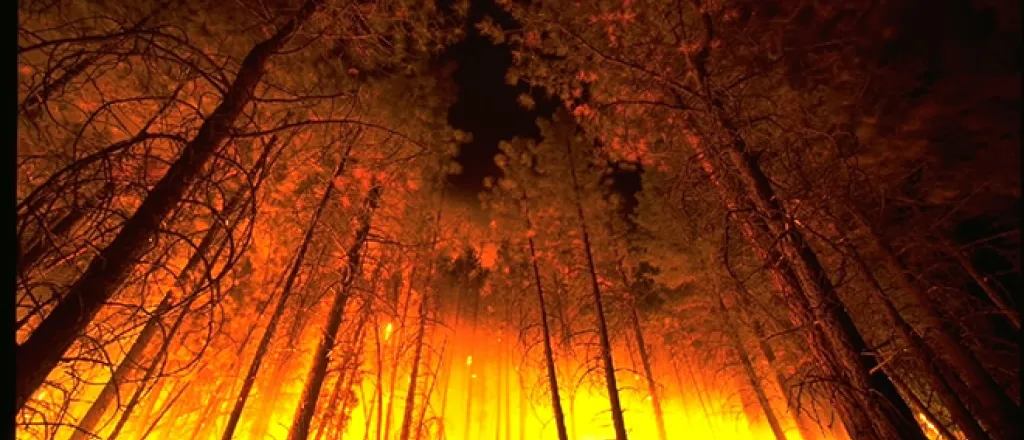
Montana researchers: Let smaller wildfires burn
Click play to listen to this article.
(Big Sky Connection) A new study in the journal Nature Communications by Montana researchers said suppressing small wildfires is leading to larger, more intense and damaging blazes.
According to the U.S. Forest Service, about 98 percent of wildfires are fully suppressed before they grow to 100 acres; most of them within 72 hours. In Montana, the latest data show crews kept 95 percent of wildfires in Montana to no more than 10 acres in 2022.
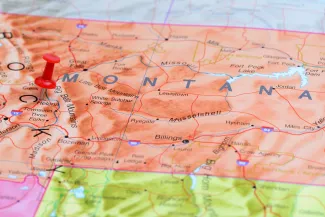
Mark Kreider, a doctoral candidate in forest and conservation science at the University of Montana and co-author of the report, said the strategy leads to what is known as fire "suppression bias."
"Removing more of one type of fire than the other, what we're left with is bias towards the higher intensity fires, these more extreme fires," Kreider explained.
Montana state policy calls for crews to extinguish fires as quickly as possible, even small ones. Kreider pointed out researchers recommend letting low-intensity fires burn where possible to reduce the risk and damage potential for larger, hotter-burning and more catastrophic blazes.
Kreider acknowledged as the population grows along the urban-wildland interface, letting fires burn is not always possible, but argued it might be the best strategy for heading off catastrophic fires later.
"Especially in the western U.S. where people live close to forests, fire suppression is very important and we still must do it," Kreider noted. "But this research helps to show when possible in places where it's safe to do so, we really may benefit from allowing more low and moderate intensity fire to burn."
The National Interagency Fire Center said the number of acres scorched by wildfire has doubled since the 1980s, and the cost to battle the fires has risen to nearly $3 billion a year.



